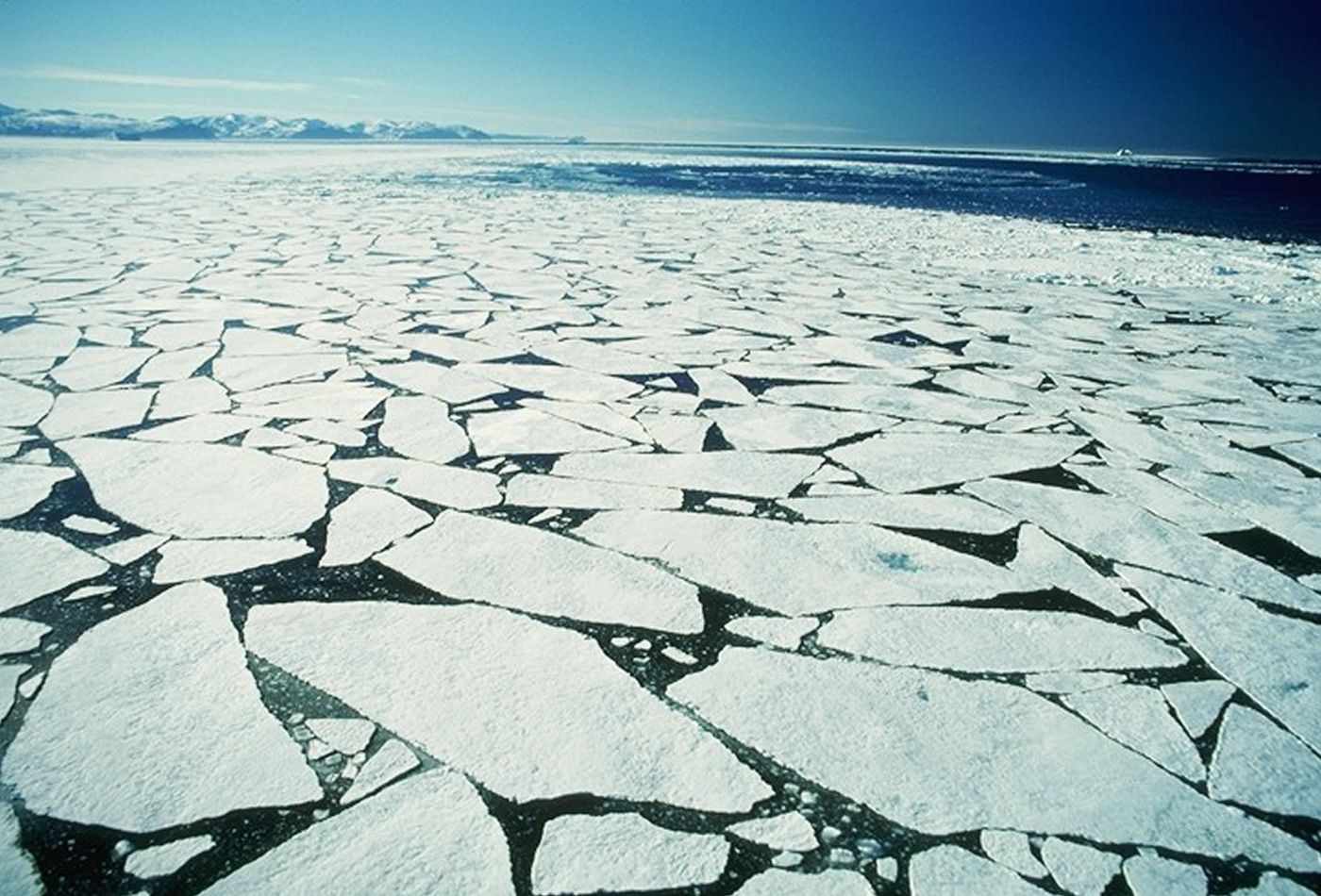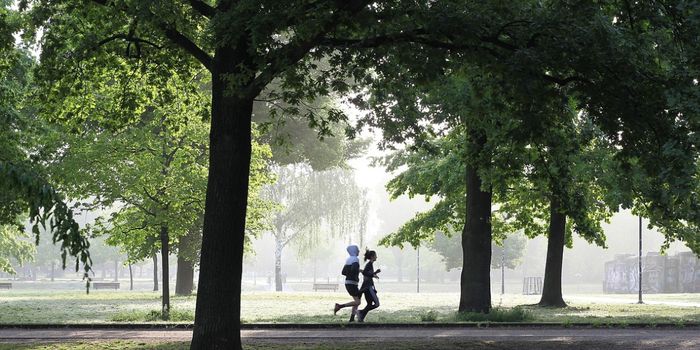Is the Arctic Ocean turning into the Atlantic?
A study released from University of Alaska oceanographer, Igor Polyakov, has recently been published in Science with concerning implications. Combining data from buoy monitoring systems between 2002 and 2015 with satellite data of ice thickness from 2013 to 2015, Polyakov and his team have determined that the eastern Arctic Ocean is becoming more like the Atlantic Ocean.
“Rapid changes in the eastern Arctic Ocean, which allow more heat from the ocean interior to reach the bottom of sea ice, are making it more sensitive to climate changes,” Polyakov said. “This is a big step toward the Arctic with seasonal sea-ice cover.”
The Arctic Ocean, unlike the Atlantic, does not usually experience much vertical overturn, which means that typically there is a distinct stratification between ocean layers that acts as a barrier between warmer underwaters and sea ice. Such stratification protects sea ice from being exposed to warm Atlantic waters, which can more easily degrade ice pack. Since 2002, the difference in water temperatures between the layers has dropped by about 2°F.
The researchers found that deeper warm water is increasingly mixing with the cool layer of water that sits on top of the eastern Eurasian Basin of the Arctic. This is preventing ice formation, even in the winter months, seen by record lows during both winter and summer seasons since 2011.
“2015 was a really anomalous year when we had problems finding a suitable ice flow to launch our drifting buoys,”Igor Polyakov said. “(There was) nothing like that in the past, and it became a motivation to our analysis: why was ice in 2015 so rotten? What drives this huge change?”
Turns out that there are several factors behind this change, and they are all influencing each other. Needless to say, climate change is most likely the biggest culprit. But once that warmer water started the process, producing fewer ice barriers and more nutrient mixing in the region, this created a positive feedback mechanism. Such a cycle means that the consequences of the sea ice loss drive the vertical mixing, which in turn drives the sea ice loss.
So, what could that mean for the Arctic? Basically, nutrient mixing in the waters will cause changes in the local ecosystem at a rapid pace, and with this positive feedback loop, there may be no going back. Photoplankton, which depend on sunlight, have historically been prevented from blooming due to ice blocks but a new study found that over the past decade, up to 30 percent of the Arctic has changed to have conditions making summer blooms possible. Other changes will include significant impacts on geophysical and biogeochemical components of the Arctic Ocean system, the authors say, citing enhanced atmosphere-ocean interactions, altered freshwater storage and export patterns, changes to ecosystems, and possibly changes to the ocean's response to acidification.
Sources: Scientific American, ScienceDaily, AAAS









